It is funny how fundamental this decision is, yet not a great deal is written about it. For some of us, it tortures us to select just the right locale, era or railroad to model. For others, it seems to come easy (I kind of envy or perhaps even almost hate those people, just kidding). Why should it be so easy for them and so hard for others (including me)?
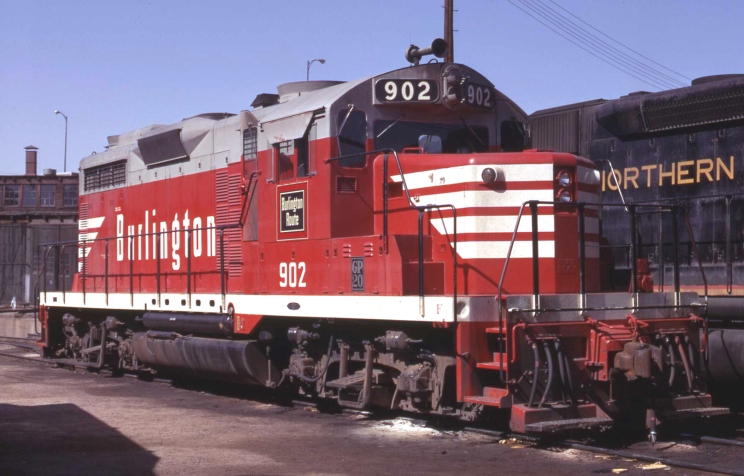
CB&Q 902 in Denver, CO, October 1970. Photo by Hol Wagner.
I have had many scenarios during my modelling career. Here is a highly simplified summary of my torturous history–
Mid-1970s — CB&Q in the 1970s (Midwest)
Late-1970s to early 1980s — BN in the 1980s (Pacific Northwest)
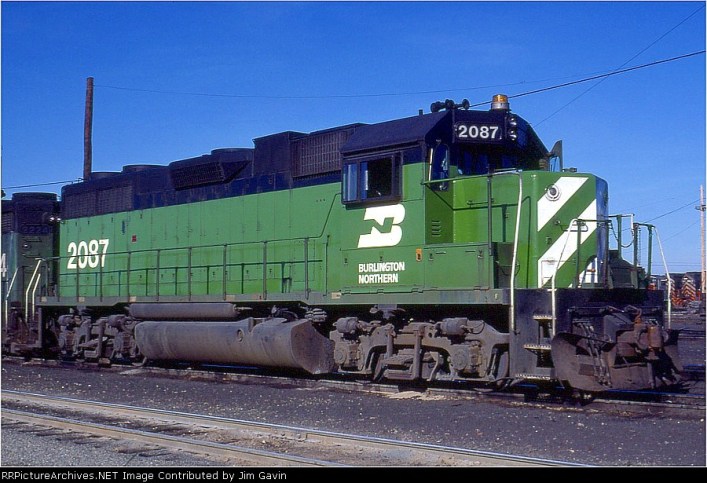
BN 2087 Mar 20 1977 Stockton CA. Photo by Jim Gavin.
Took a break — College, women and career
Mid-1990 to early 2000s — SAL, L&N and ACL in the early 1960s (Southeast)
Early-2000s to mid-2000s — MILW, Rock and CNW in Midwest in the 1980s
Mid-2000s to late 2000s — BN, SP and WP in 1978
Late-2000s to early 2010s — CSX in Florida (modern, Lance Mindheim almost hooked me, click here to see how.)
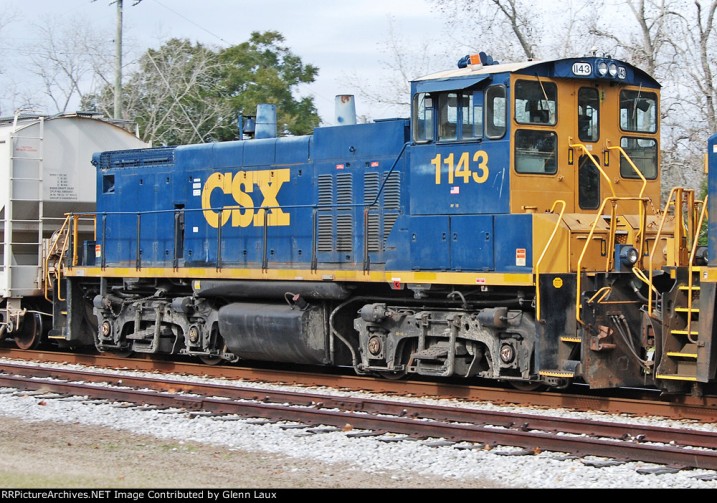
CSX 1143 Defuniak Springs FL front Dec 27 2011. Photo by Glenn Laux.
2011-2012 — CSX, NS in Midwest (modern)
2013-2014 — ATSF in New Mexico in early 1990s, UP modern
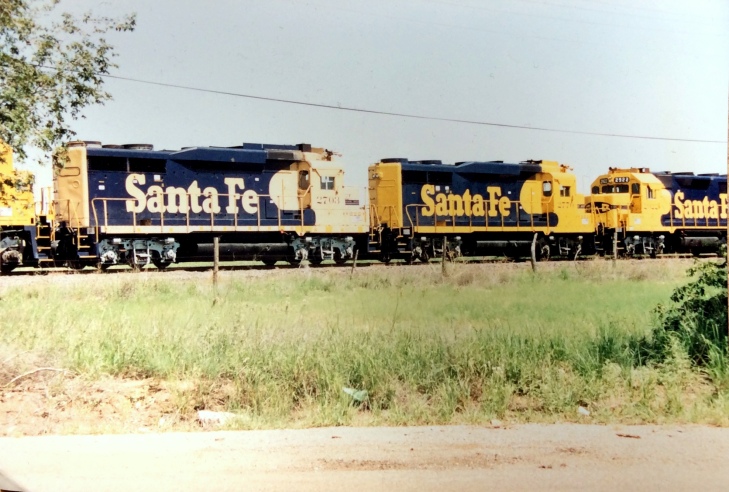
ATSF GP30 near Roswell 1993. Photo by C. Hunt
2014-present — DRGW-SP in Southwest (right after UP merger, late 1990s), UP modern
That is really kind of a “train wreck” because I collected equipment for all of these periods. There is really a financial impact and almost emotional impact for jumping around so much, particularly in this era of hyper-limited runs. Thank goodness for ebay! Through ebay, I estimate that I have been able to cut my losses by about 70%.
Here’s a point of sharing my lack of focus, you are better off settling into a period and primary set of railroads as soon as you can. It is a lot easier on the wallet and saves you some of the anguish of collecting then selling so much! We often assume that once something is run, It will never be run again. That is often not true.
As late as September 2014, I was focused on the ATSF in New Mexico around 1990. I designed and built a track plan around the concept. It quickly became apparent that the layout was going to be limited and difficult to operate. I started to redesign it, but then I anguished over letting go of Roswell as I did. As I began to gently let go of Roswell, Athearn Genesis came out with DRGW GP-40-2s.
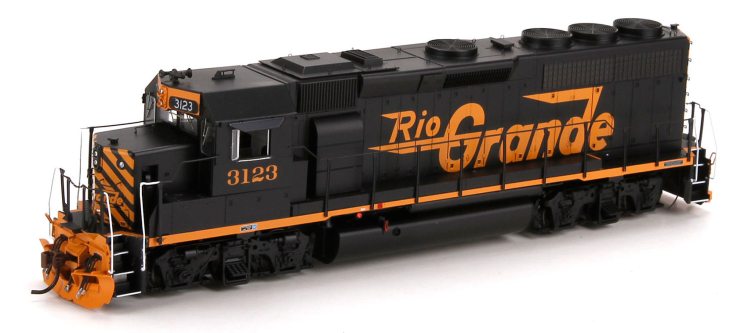
Here is the troublemaker. Athearn’s release of this locomotive, partially caused me to re-evaluate my ATSF in Roswell concept.
As soon as I saw them, I had an epiphany–I always wanted to model the DRGW, why wasn’t I doing it?! As I started considering it, I also started to think how neat it would be to model the DRGW-SP era. I grew up with the SP kind of in my backyard in Texas and felt an emotional attachment to the SP. I thought if I model right after the UP merger, I could feature UP, MP, DRGW, SP, SSW, WP and CNW (all railroads of interest to me) all as “home road” reporting marks. This concept really caught hold with me, and I am committed to it (for now). I have re-designed the layout in a much more free-lance manner that offers less complicated, but richer operating scenarios including a shortline inspired by the Union Railroad of Oregon. (Click here for a nice link on the Union Railroad of Oregon.)
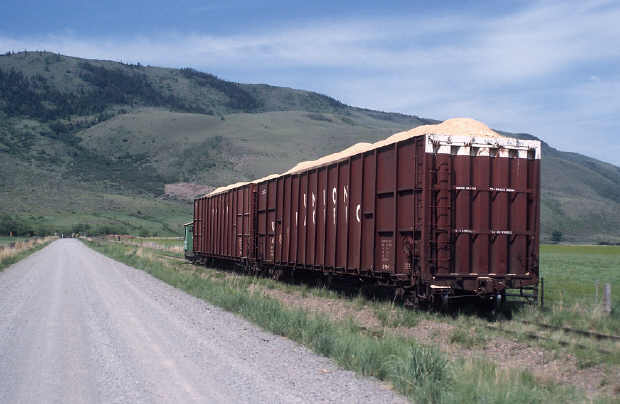
Union Railroad of Oregon in Oregon. Note tiny locomotive on train. This was the inspiration for there being a shortline on the new layout design. Photo by Dan Schwanz
I hope it sticks. Here’s why–
1 — It is rich with having both DRGW and SP motive power and an occasional caboose.
2 — Home road cars of UP, MP, WP, SP, SSW, CNW and CNW. All favorites–just need some ATSF thrown in.
3 — The track plan holds great promise and having a shortline could offer a variety of operations as well as mini-operating sessions when desired.
4 — I am very tired of re-configuring my rosters!!!
5 — It operates in the part of the country that I love and is beautiful.
Time will tell.
I also seriously considered backdating to the WP (early-1980s) but decided against going that far back. I love the WP, but it is a bit limited compared to the versatility of the above scenario, plus I can run some WP rolling stock as a home road reporting mark.
I hope my sharing my difficulties in settling on an era, may help you navigate this tricky issue that we often may not fully appreciate. We may let ourselves just drift along being knocked off course whenever a bright and shiny new product is offered. (Take me for instance.) Try not to go there if you can avoid it! It is ultimately exhausting and can derail your dreams of having an operational layout.










































